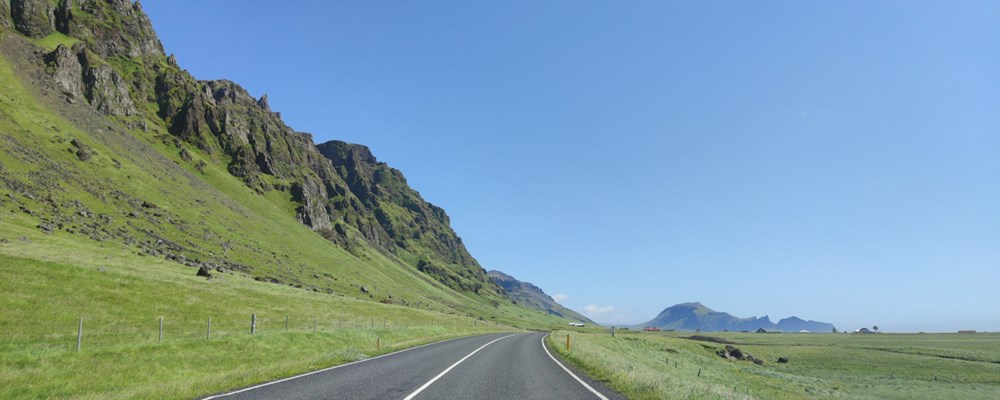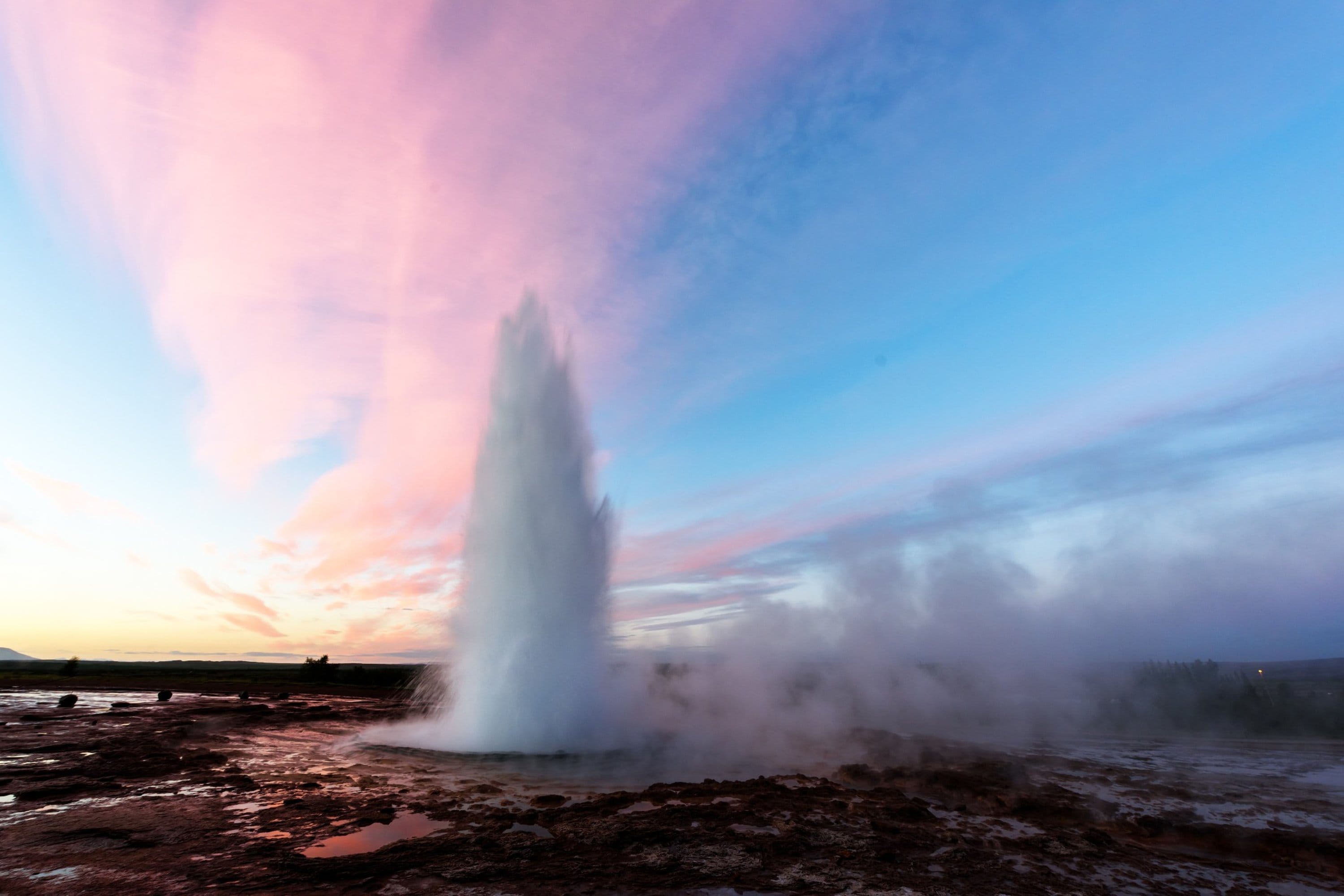Driving in Iceland
Traveling to Iceland is an epic journey and a once-in-a-lifetime experience that you should enjoy in the best conditions possible. This is the reason why it is important for you to be aware of some regulations when coming and driving here. Driving in Iceland can be a bit tricky when you are not used to the regulations of the country. There are some that are very specific to the country and might surprise you.

Traveling to Iceland is an epic journey and a one time life experience that you should enjoy in the best conditions possible. This is the reason why it is important for you to be aware of some regulations when coming and driving here. Driving in Iceland can be a bit tricky when you are not used to the regulations of the country. There are some that are very specific to the country and might surprise you.
There are five different types of roads in the island :
- Primary roads : connecting the cities and big urban areas
- Primary highland roads : routes through the highlands of Iceland, called F-roads, often closed in winter time
- Secondary roads : roads outside populated areas connecting primary or highlands roads
- Highland roads : routes across mountains and moors inside the island
- Local access roads : connecting primary or secondary roads to public places (church, farms…) located outside of populated areas
The most famous road you might take in Iceland is the Ring Road, a 1 332 kilometers long road doing the whole round of the country. Created in 1974, it’s 45 years later that the Ring Road has finally been fully paved. However, for the rest of the country, not all the roads are paved, mostly you will face gravel roads so it is often better to have a 4x4 to be able to drive in any roads peacefully but you can take the main roads with normal cars.
Let’s start with some of the things you should know when driving in Iceland.
- The roundabouts
Here in Iceland we drive on the right side like most of the rest of the World. But a detail that might differ according to the country is how you enter and position yourself in roundabouts in Iceland. In the two-lane roundabout, you place yourself on the outside lane only if you take the immediate exit. If not, you have to always place yourself in the inner lane and you will always have the priority when exiting the roundabout so be safe and always use your indicators.
- The speed limitations
The speed limitations in Iceland are usually 30-50 km/h in the cities and populated areas, 80km/h on the gravel roads in the rural areas and 90km/h on the paved roads.
- Keep your headlights switched on all the time
Whatever the season or the weather, you have to always switch on your headlights. It is safer this way and obliged by law since the road conditions can vary fastly and you never know if you can encounter an animal or a hiker crossing the road.
- The seatbelts are mandatory for all passengers in the car
Like many countries, the seatbelts are mandatory for all the passengers in the car, front and back. It is also required for young children a children-seat to be at the level of the seat belt.
- No phone while driving
It is absolutely forbidden to use your phone while driving for obvious safety reasons.
- No drugs or alcohol
It is forbidden to drive under the influence of drugs or alcohol. The limit of alcohol in the blood for drunk driving is 0.05%.
- The weather and road conditions
Iceland is well known for its weather that changes fastly and that can be quite chaotic as well. For this, there are two websites you can check because hitting the road : road.is that will give you information about the road conditions, to know if roads are open or not and the second one is vedur.is giving information about the weather conditions. You should always watch out when driving because of the changement of weather and roads and also when opening your doors, if there is a lot of wind you can easily break the door.
- Watch out to bad drivers
It can happen that on your journey you meet drivers with bad habits such as not putting their indicators when changing direction, aggressive speeders and people using the phone when driving. So adopt a safe driving attitude and be careful with the others around you that could be dangerous.
- Watch out when driving in the countryside
Be always careful while driving in the countryside. If you want to check a view do not stop randomly on the side of the road but stop safely in a parking lot meant for this. In the countryside the roads can be rough and switch from paved roads to gravel roads so slow down when this happens and it happens quite often that single-lane bridges are on your way so be careful if a car is coming from the opposite direction. Finally, animals can show up from nowhere, especially lambs walking or sleeping on the roads, so try to slow down the time for them to pass.
- Off road is illegal
Icelandic nature is absolutely stunning and it is highly important to keep it this way for as long as possible. For this reason, it is absolutely forbidden to drive off roads because this is destroying the fragile nature.
These are the main things you should be aware of when coming to Iceland and if you are driving here. If you want to travel to Iceland we highly recommend you to rent a car, which is the easiest way to travel across the country. Usually, the car rental companies are giving you all the information you need to drive here in Iceland. Otherwise, you can check the bus connections on the national and only company straeto.

